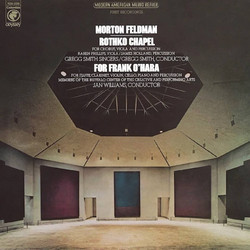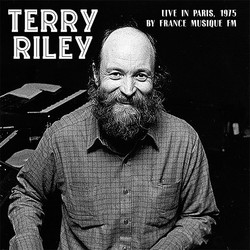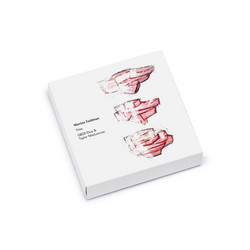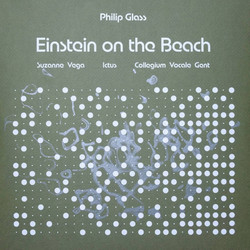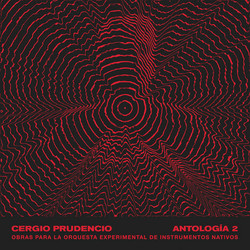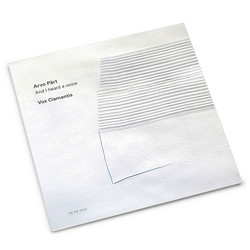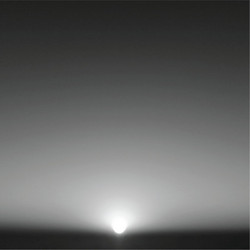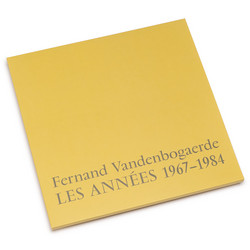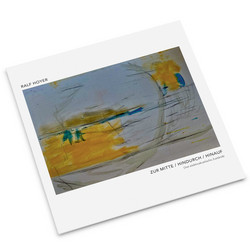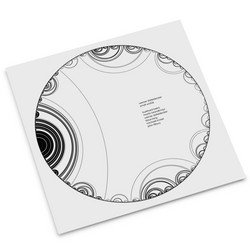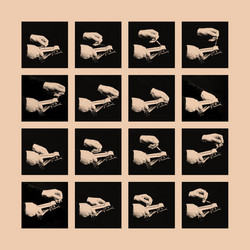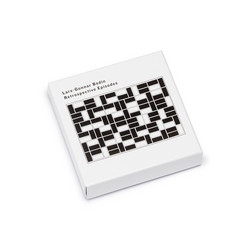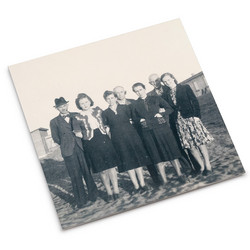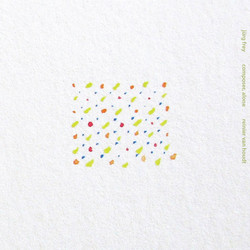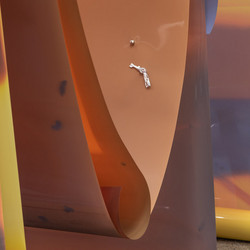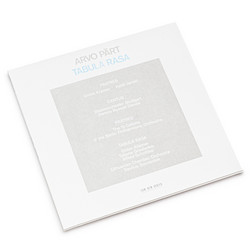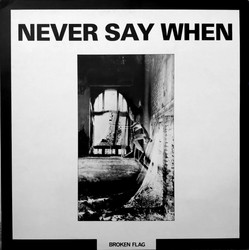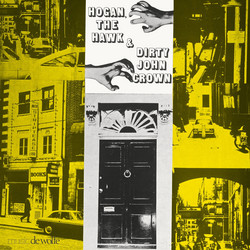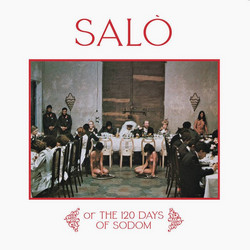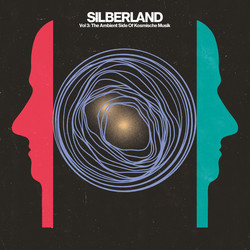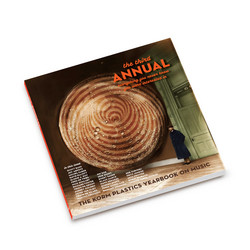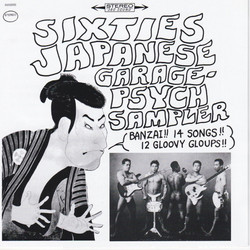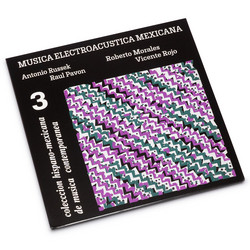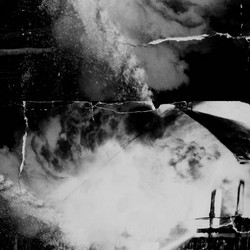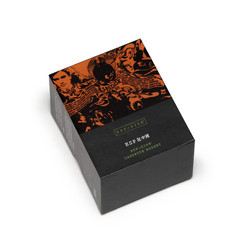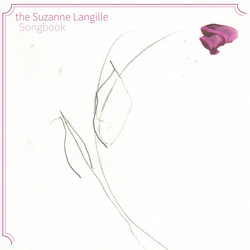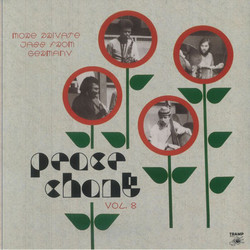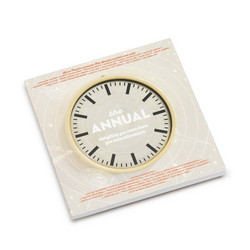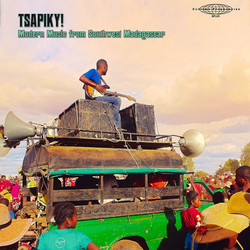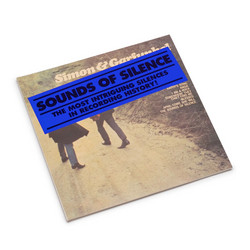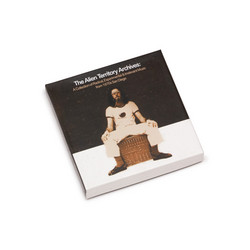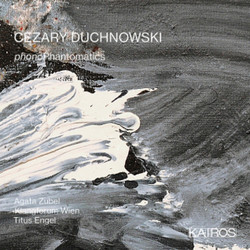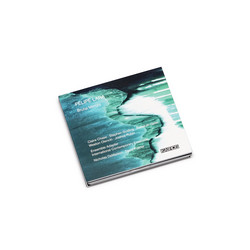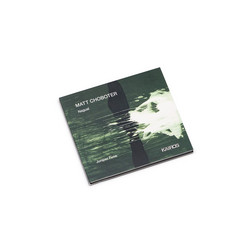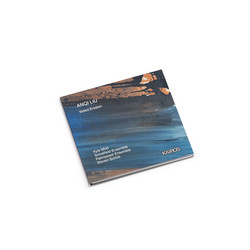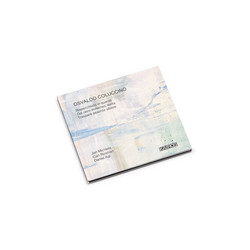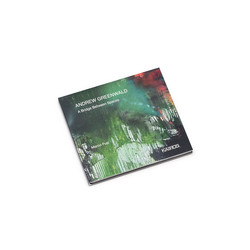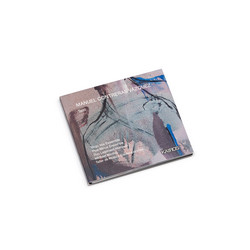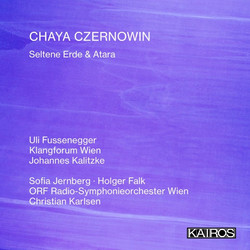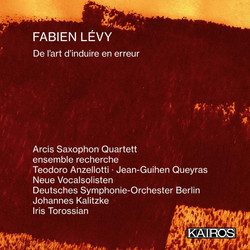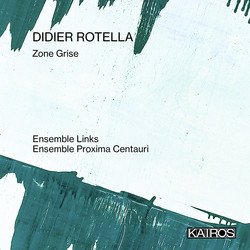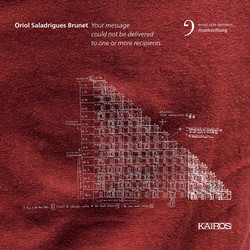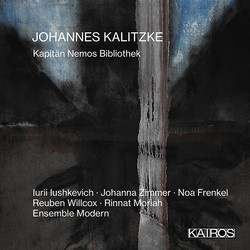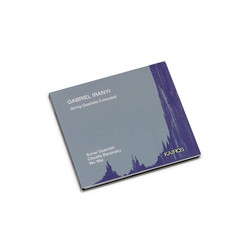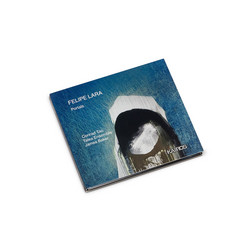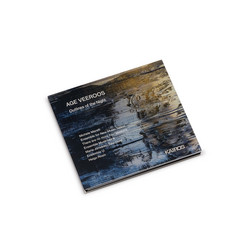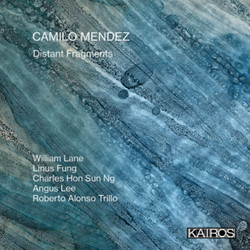Various
Scelsi Revisited
In the project Scelsi Revisited the tape material is for the first time reflected in the medium of art: seven composers (Ragnhild Berstad, Georg Friedrich Haas, Fabien Lévy, Tristan Murail, Michael Pelzel, Michel Roth, Nicola Sani) were commissioned by Klangforum Wien to create new works from Scelsi’s tape music; Uli Fussenegger had prepared data packages consisting of excerpts from two to three tapes each, which Scelsi apparently had not used for the elaboration of definitive works, the latter always manifesting themselves in conventional scores. The ensemble line-up of the new compositions had to be based on Scelsi’s work Anahit for violin and 18 instrumentalists (1965), which was also performed in the Scelsi Revisited concerts. All new works presented here are live recordings. The results are quite heterogeneous: they range from the meticulous analysis of the source material and its transfer into the emerging composition to free artistic commentaries. Very often inspirational momentum and investigative temperament tend to amalgamate. In his Transsonation, Georg Friedrich Haas presents an almost empty score to allow the musicians of the Klangforum to react directly to a tape fragment without any notational constraints. Another mainly scriptureless method is applied in Uli Fussenegger’s San Teodoro 8, a remix of Scelsi materials with live improvisations (another version of this work is published on the Kairos CD 0015024KAI). Scelsi Revisited is a conceptual extension of the historical collective working method, thereby accentuating the plural: Scelsi, c’est nous! Couldn’t Tosatti have just said so? Maybe Scelsi’s authority did not strongly promote the idea of teamwork. The late but enormous success of his method is due to the fact that Scelsi’s music, not unlike that of Webern’s, could be perceived and enacted by many in many different ways – and still we may continue to construct it anew. The originally aristocratic principle mutates into a more democratic art practice: in Scelsi Revisited there is no confession to the “one and true” Scelsi, but there are rather various individual ways or new possibilities to conceive of Scelsi in sound. As a satellite project Scelsi Revisited Backstage was created in order to capture the implicit knowledge inherent in the newly developed artistic processes. The various individual approaches of revisiting Scelsi in creating new musics are being scientifically described, discussed and contextualized. The results of this research, together with excerpts from the original tapes used by the composers, are available in the publication Scelsi Revisited Backstage, edited by Michael Kunkel and Björn Gottstein, Büdingen: Pfau-Verlag 2020
